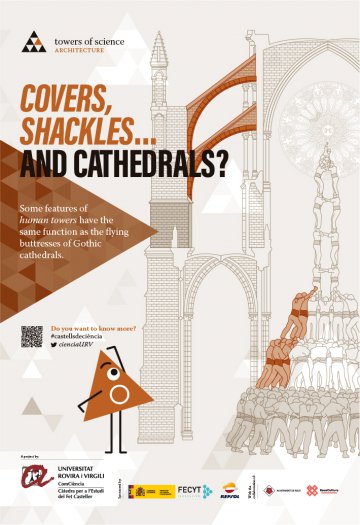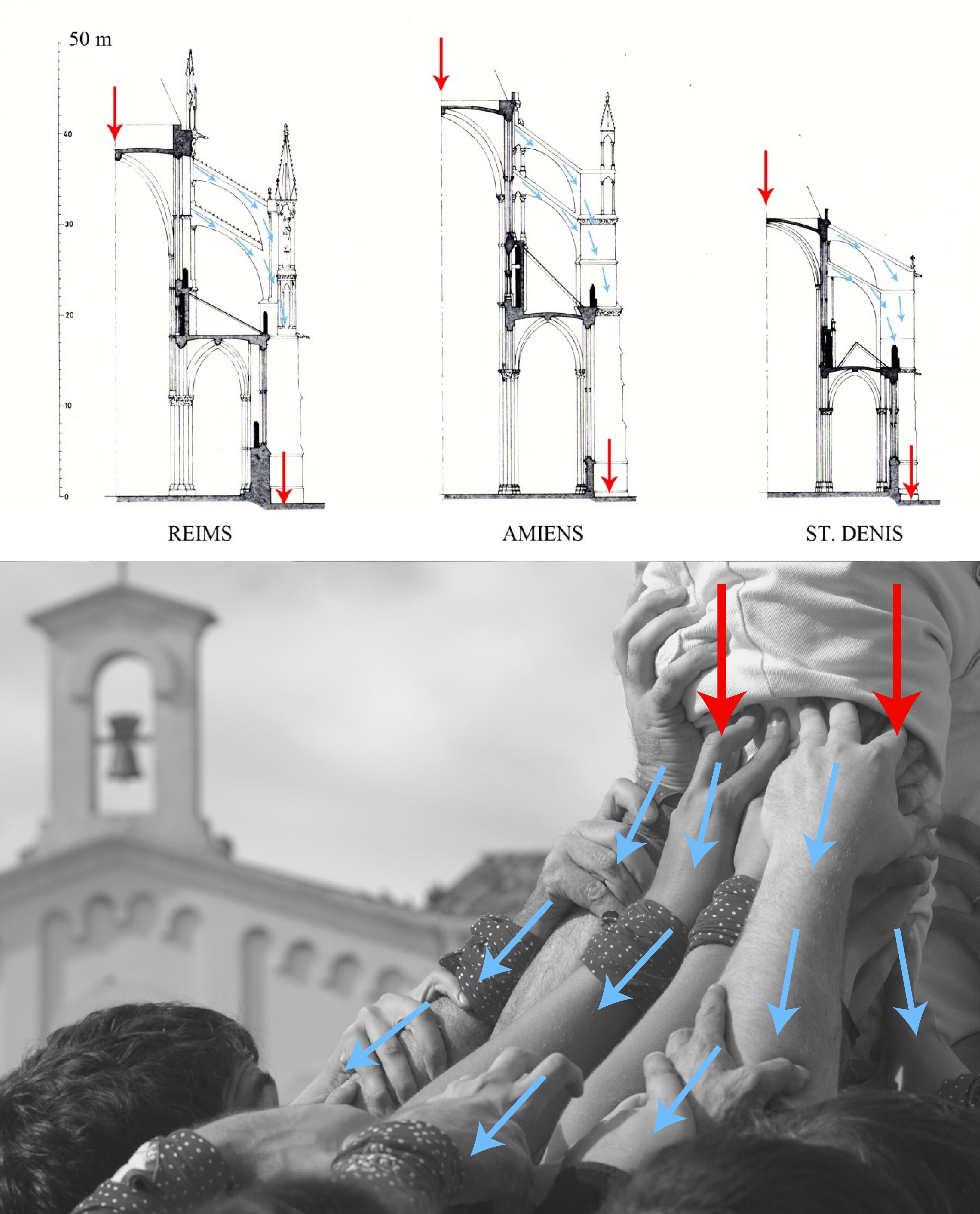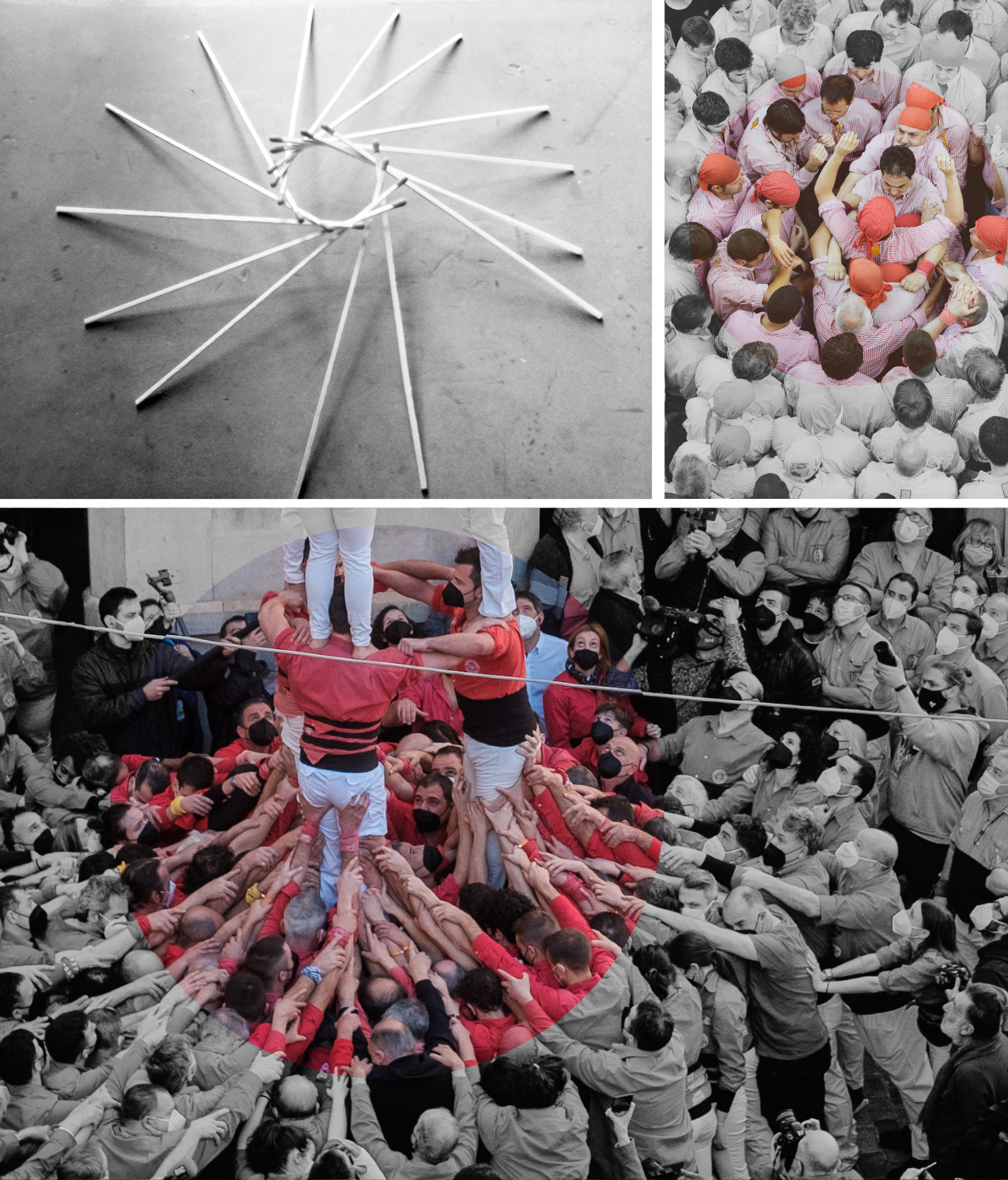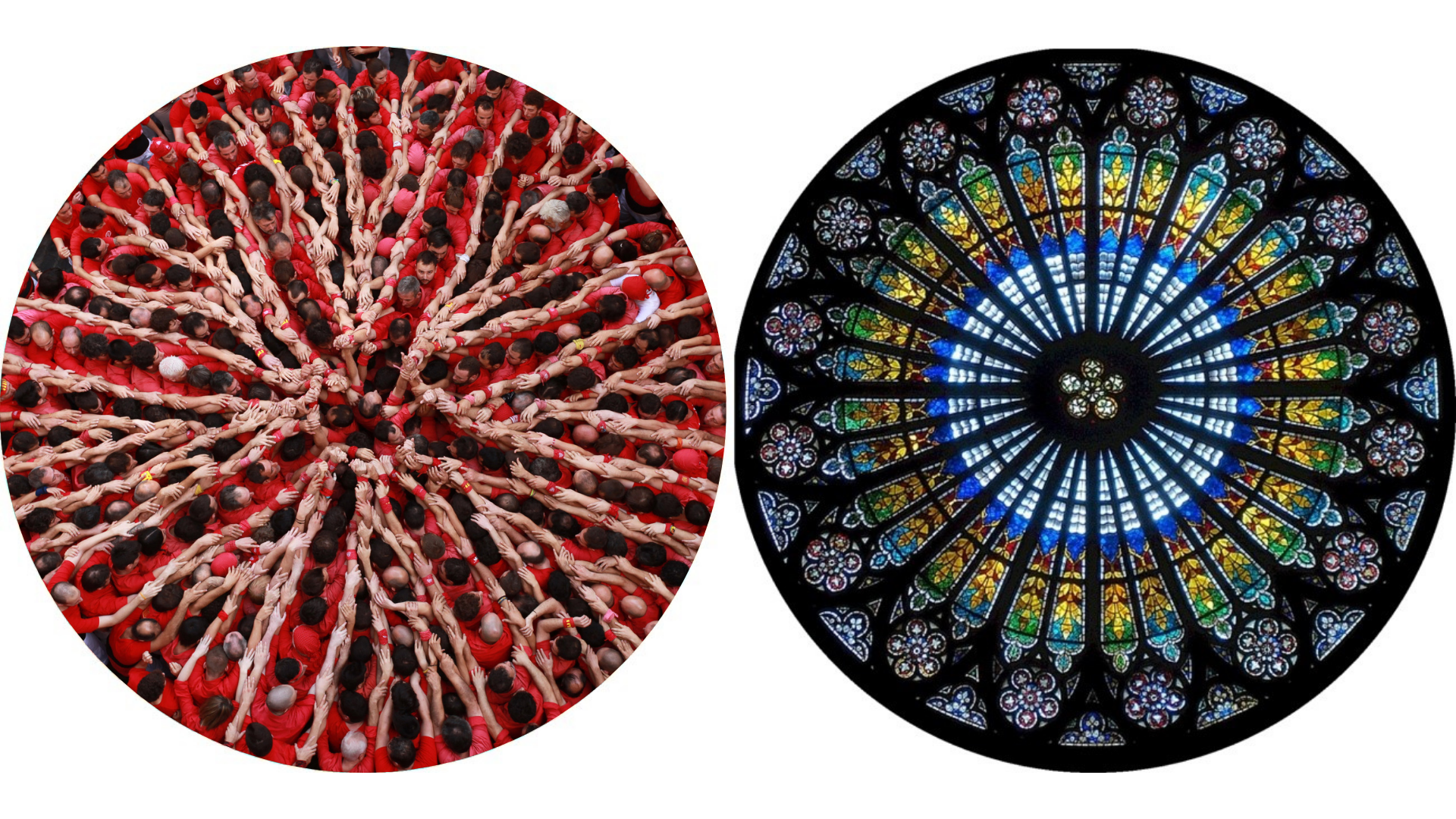
Albert Samper
Researcher at the URV School of Architecture. Head of the Area of Architectural Graphic Expression.
 Gothic cathedrals marked a turning point in the history of architecture from a technical, structural and aesthetic point of view. Continual improvements in construction processes made it possible to create ever bigger buildings of unprecedented compositional value. During the 13th and 16th centuries, logic, experience and the skill of the master builders meant that cathedrals were clearly the most important buildings in any particular region. Their singularity turned them into the epicentre of knowledge and the meeting point of thousands of pilgrims from all over Europe.
Gothic cathedrals marked a turning point in the history of architecture from a technical, structural and aesthetic point of view. Continual improvements in construction processes made it possible to create ever bigger buildings of unprecedented compositional value. During the 13th and 16th centuries, logic, experience and the skill of the master builders meant that cathedrals were clearly the most important buildings in any particular region. Their singularity turned them into the epicentre of knowledge and the meeting point of thousands of pilgrims from all over Europe.
Human towers clearly maintain the essence of these constructions: the head of a tower-building team reflect the determination of the master builders and the audience, and the spirit of the pilgrims. Perhaps the only difference between cathedrals and human towers is that cathedrals are only put up while human towers are always dismantled as well.
From a specialized point of view, human towers have some analogies in various architectural elements:
Buttresses and flying buttresses
Figure 1

Flying buttresses are parts of the structure in the shape of a half arch that transmit the horizontal thrust of a cathedral's vaults over the buttresses of the building and carries the forces to the ground. The core, the covers and the shackles of a castle are made up of tower builders who have exactly the same function as the flying buttresses. With the arched support of their arms, they unload the horizontal forces and pressures to the lower level. Figure 1 below show this parallelism.
Reciprocal structures
Figura 2

The Codex Atlanticus is a set of ten volumes consisting of hundreds of drawings and texts by Leonardo da Vinci. It contains the design of two domes built without central supports and with two geometric patterns. This type of structure is called self-supporting or reciprocal, because each of the pieces depends structurally on adjacent ones and distributes the forces of the whole assembly. Human towers (figure 2) incorporate this concept of reciprocity. The tower builders act like the piece designed by Da Vinci, supporting and distributing the forces. Every piece has the same function and they are all equally important.
Geometry
Figure 3

Geometry plays a role in all areas of knowledge. In architecture, as in castles, it lays down the laws for construction. The resulting shapes of the human towers remind us of some important architectural constructions (figures 3 and 4) as well as one of the most characteristic ornamental features of Gothic architecture: the rose.
This union between architecture and human towers depends on the people, who turn their bodies - that is to say, the architectural material - into art.
Figure 4

